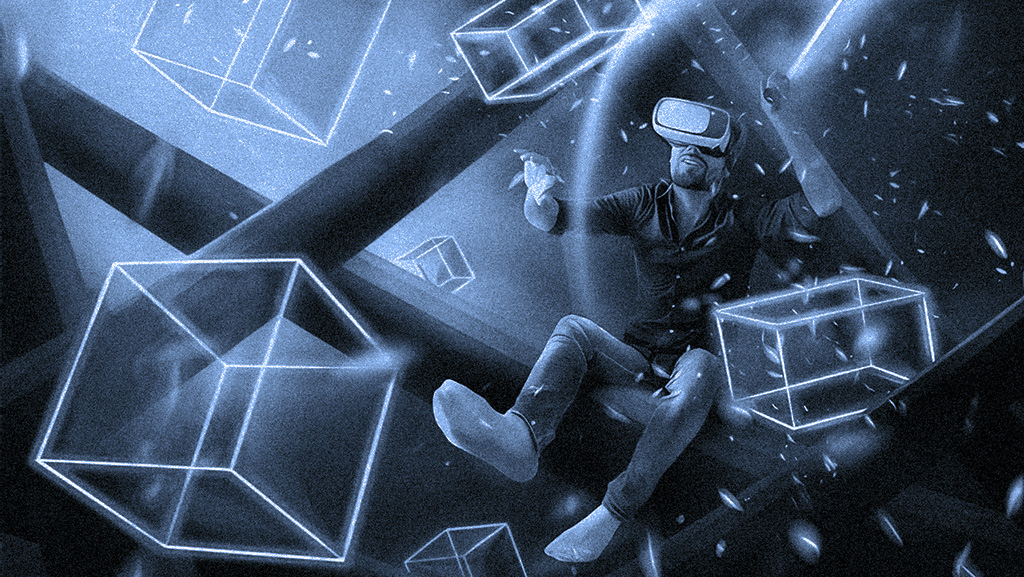Web3 Gaming: From Play-to-Earn to Virtual Economies
In recent years, the gaming industry has witnessed a remarkable transformation with the emergence of Web3 gaming.
This new wave of gaming is driven by blockchain technology and decentralized networks, introducing innovative concepts such as play-to-earn and virtual economies.
In this blog, we will explore the exciting world of Web3 gaming, its impact on traditional gaming models, and the opportunities it presents for players and developers alike.
Web3 gaming accounts for 49% of all blockchain activity. Gaming leads growth within the blockchain space followed by DeFi and NFTs.
A report by The Gamer suggests that each gamer spend approximately $76 per month on gaming which amounts to $58,000 throughout their lifetime. According to a report by consulting firm MarketsandMarkets, the global blockchain gaming market will grow from $4.6 billion in 2022 to $65.7 billion by 2027. There are approximately 3 billion gamers worldwide. Out of this, the Asia Pacific region has sown the most penetration accounting for almost half of it. With 420 million dynamic gamers aged between 15-35, the Indian gaming industry has seen massive growth and teen involvement in recent years.
Understanding Web3 Gaming
Play-to-Earn: Empowering Players
Virtual Economies: Digital Assets and Their Value
Empowering Developers: Decentralized Game Development
Challenges and Opportunities
What Does The Future of Web3 Gaming Look Like?
The future of Web3 gaming looks incredibly promising. As blockchain technology evolves and becomes more scalable, we can expect a surge in immersive and interconnected gaming experiences. The integration of virtual reality (VR) and augmented reality (AR) with Web3 gaming has the potential to revolutionize the industry, offering players truly immersive and interactive virtual worlds. Furthermore, the interoperability of assets between different games and platforms will foster a vibrant ecosystem of cross-game interactions, collaborations, and economies.




